The world of rabbits
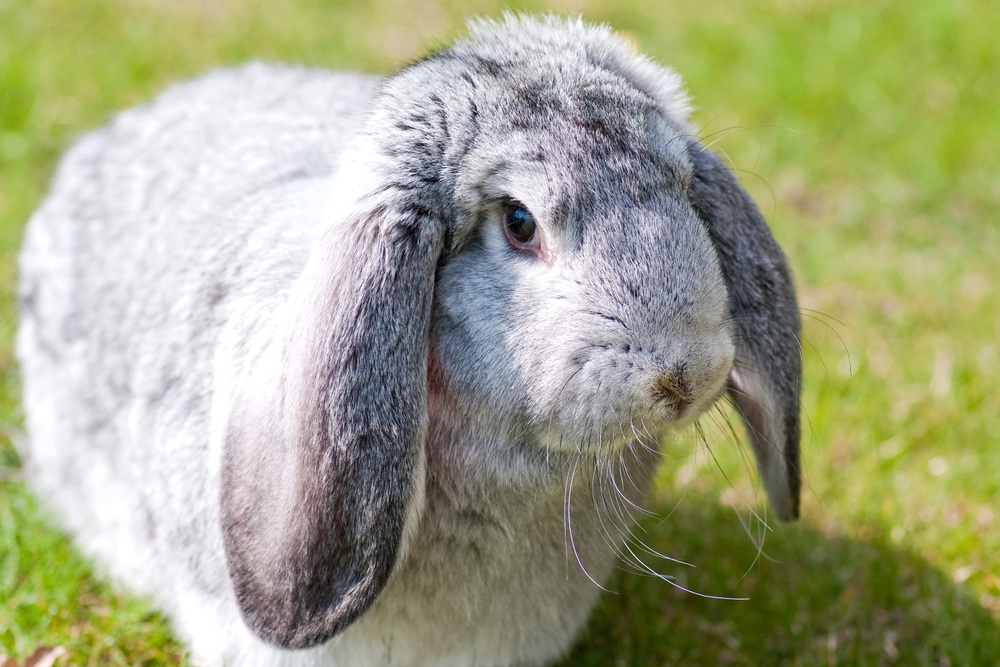
The number of rabbits being kept in the UK has now grown to over a million, making them by far the most popular of all the small animals kept as pets. There are a number of reasons underlying this trend. Firstly, people living in homes in city areas have decided to choose a house rabbit in many cases rather than a cat. This is usually because they do not like the idea of keeping a cat in the home permanently and yet are fearful that if they let it out to roam, it could easily end up being injured or even killed by passing traffic.
Rabbits, on the other hand, originate from the Mediterranean region and are better-suited to living indoors through the winter months than actually being outside in a hutch. They can also be confined in a suitable pen in a room indoors when their owners are out, so there is no risk of damage being caused when they are left alone. In fact, rabbits are no longer simply being perceived as children's pets. Indeed, owners are lavishing hundreds of pounds in some cases on the care and feeding of their pets. There are other changes taking place too in rabbit ownership, with the exhibition side of the hobby expanding, particularly with the new breeds being introduced to the UK from other parts of Europe.
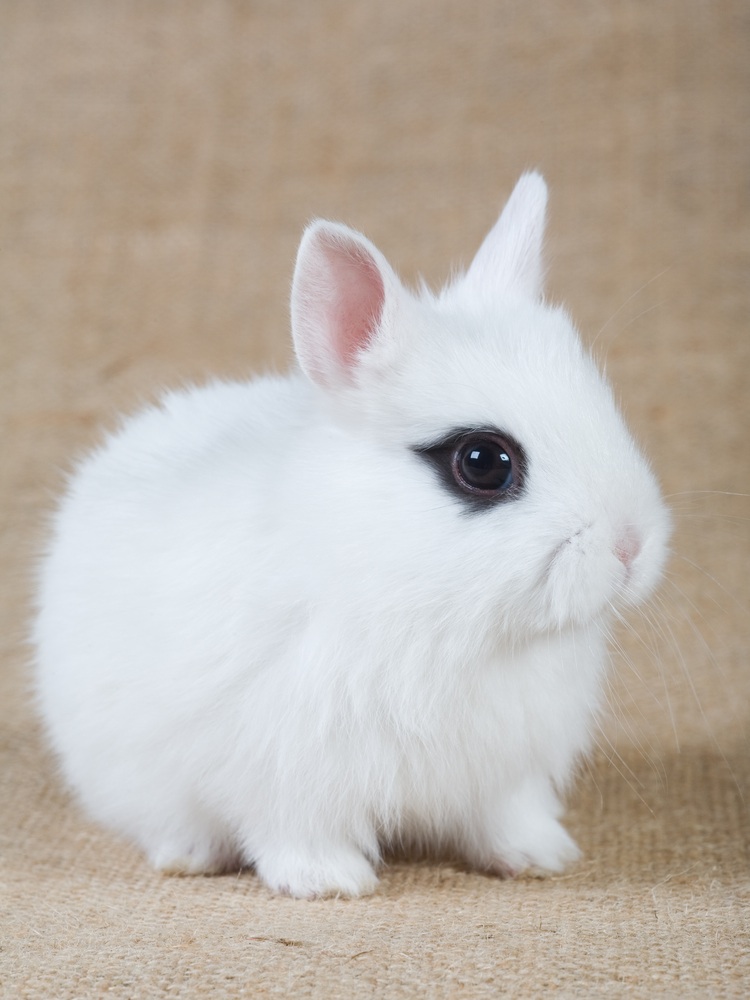
Most pet shops tend to sell rabbits of no particular pedigree, but just as with dogs and cats, pure-bred rabbits do differ markedly from each other, affecting their suitably as pets. They vary significantly in terms of their size, appearance and temperament, and yet most would-be owners are unaware of this potential choice. It should be a matter of matching pet and owner. In just the same way that you would not recommend a great Dane as a child's pet, so similar considerations apply in the rabbit world.
Where to start ....
The most suitable breeds for this purpose include the mini lop, so-called because of the way that its ears hang down by the sides of the head. Do not worry if you buy these particular rabbits as youngsters, and see that they have erect ears, as they are born with ears which stick up. These will not start to droop until the young rabbits are at least a month old, and it can take as long as three months in extreme cases. Mini lops will weigh about 1.6kg (3.5lb) when adult. There is also the slightly larger dwarf lop which makes an excellent pet as well. What sets these rabbits apart is their temperament - they are instinctively friendly by nature, making them easy to tame and so ideal as pets for children.
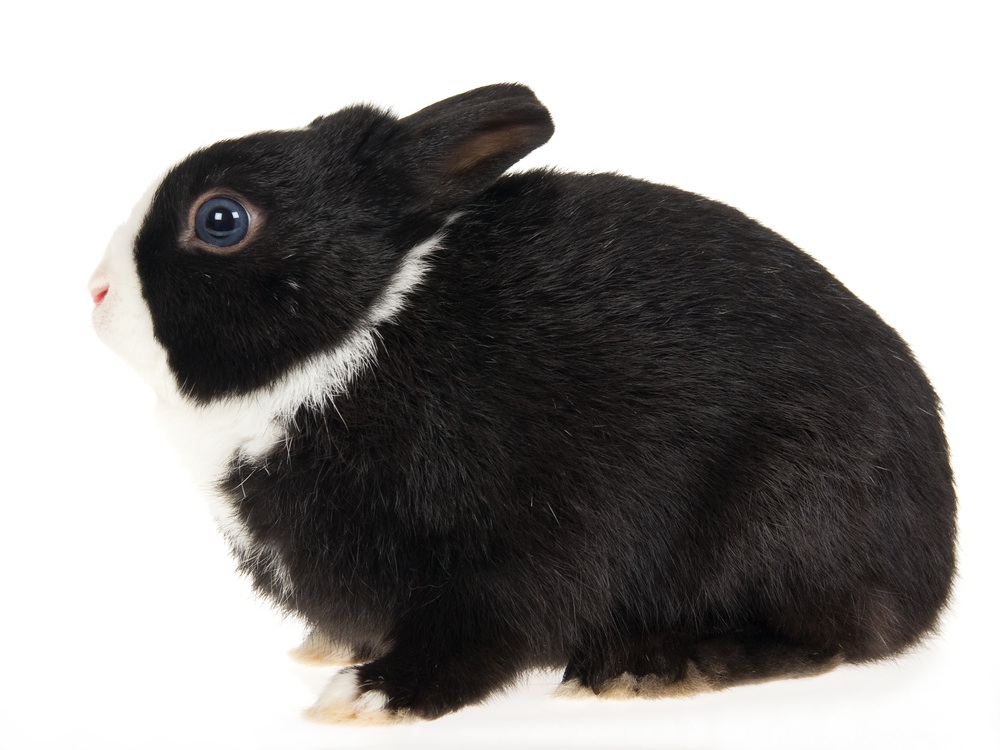
This is not a characteristic associated with all small rabbits however; in fact, it tends to be the larger breeds which are most amenable to being handled. The Netherland dwarf is now less popular for this reason, in spite of its compact size. Also, this particular breed tends to have a relatively high incidence of dental malocclusion, which can be a genetic problem.
Rabbits depend, like rodents, on their upper and lower incisor teeth at the front of the mouth meeting together correctly to create a cutting surface. If one is distorted, it will grow abnormally, as will the corresponding tooth in the other jaw, making it ultimately impossible for the rabbit to be able to eat properly unless the affected teeth are trimmed back as required on a regular basis for the rest of its life. You should always check rabbits generally for this potential weakness prior to purchase.
One of the most adaptable and friendly breeds is the Dutch rabbit, with its very particular patterning. The rear part of the body is colored, as is the area surrounding the eyes and the ears, with the remainder of the coat being white. They have quite a cobby profile, and weigh up to 2.3kg (5lb). They are instinctively friendly and make great pets, even if they are slightly mismarked - this is a difficult variety to breed successfully for show purposes.
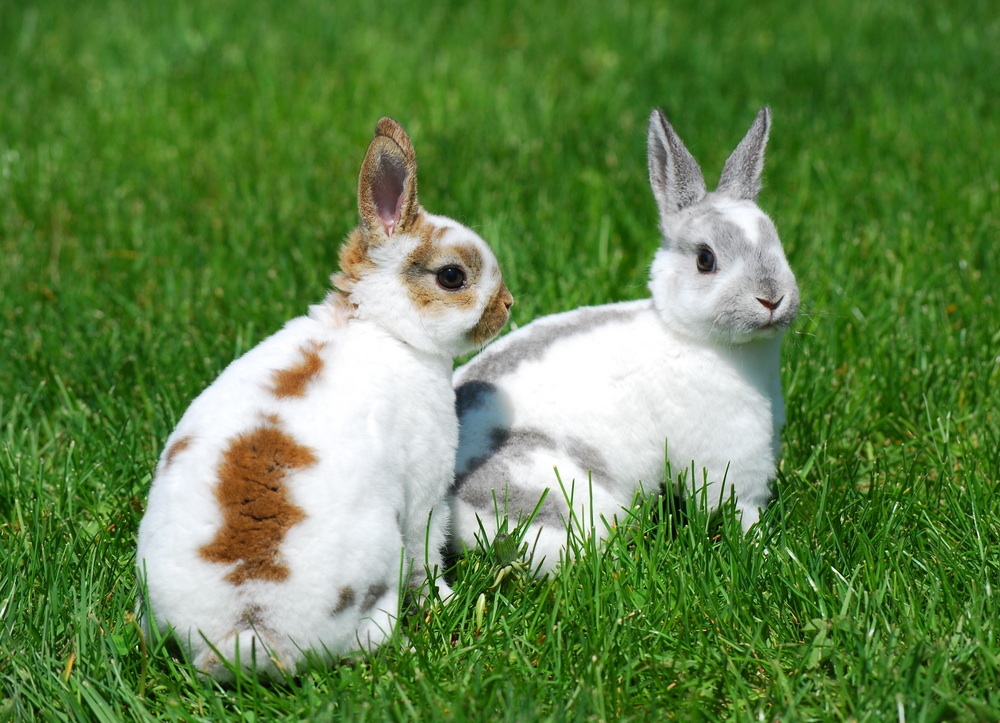
So-called 'rex' forms of various breeds are also available. They have very soft coats, and are usually quite placid by nature. Avoid Angoras however, not because of their temperament, but because their long fur needs regular grooming to prevent it becoming matted. In fact, these particular rabbits are usually accommodated in wire-bottomed cages for this reason.
New developments
Rabbit breeds are still being developed, and over recent years, lionheads have attracted considerable interest, being first bred during the 1990s in Belgium. There are now lionhead lops, with distinctive floppy ears and a ruff of longer fur, like the mane of a lion, around the neck. These rabbits will need regular grooming however, to prevent their coats becoming matted and susceptible to fly strike in the summer.
At the other extreme, the growth of interest in house rabbits means that some owners are looking again at the giant breeds of rabbit, which tend to be very placid by nature. Breeds such as the British giant are larger than small dogs and many cats, and so are definitely not suited to being kept in a typical hutch. They will thrive in domestic surroundings through, where they can be accommodated in a wire pen and allowed out every day to exercise.
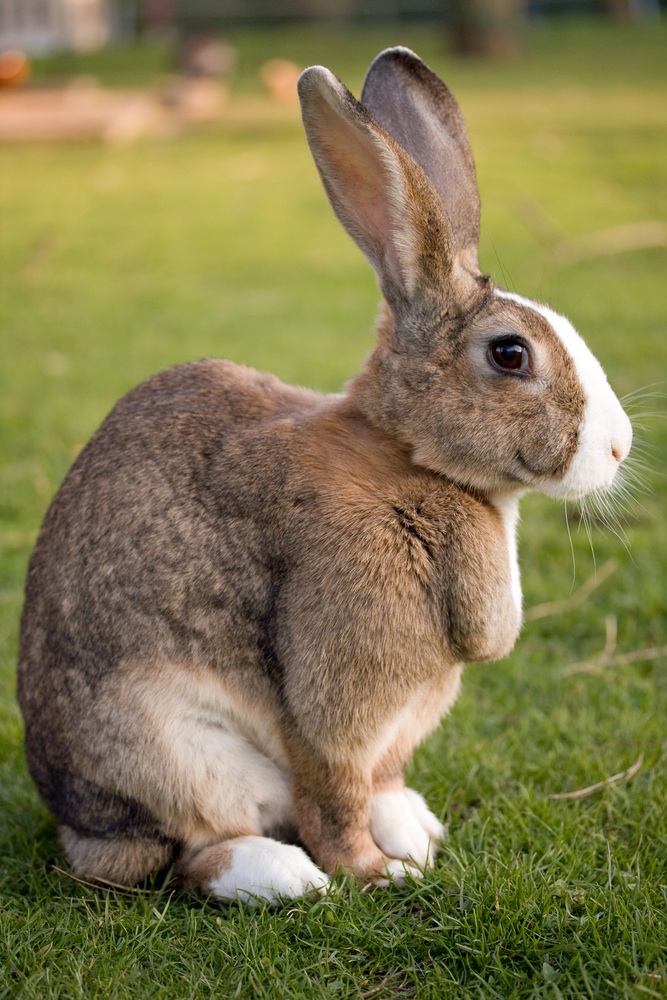
British giants themselves are bred in a variety of colors, although grey forms tend to be most commonly-seen. Slighter larger in size, tipping the scales at over 4.5kg (12lb) when adult are the Flemish giants, with Belgium having a centre for breeding giant rabbits for centuries. Red-eyed whites are not uncommon in this particular breed.
One of the most attractive and elegant rabbit breeds also originates from Belgium. This is the Belgian hare, which is so-called because of its appearance, not because it is actually a hare. It is black and tan in color, with a sleek, glossy coat.
The origins of the breed can give a clear insight into its likely temperament, with farmed breeds such as the Californian being generally placid by nature. When it comes to choosing a breed for a child, however, so size also comes into play - even though you must always supervise when the rabbit is being picked up as a fall could have fatal consequences.